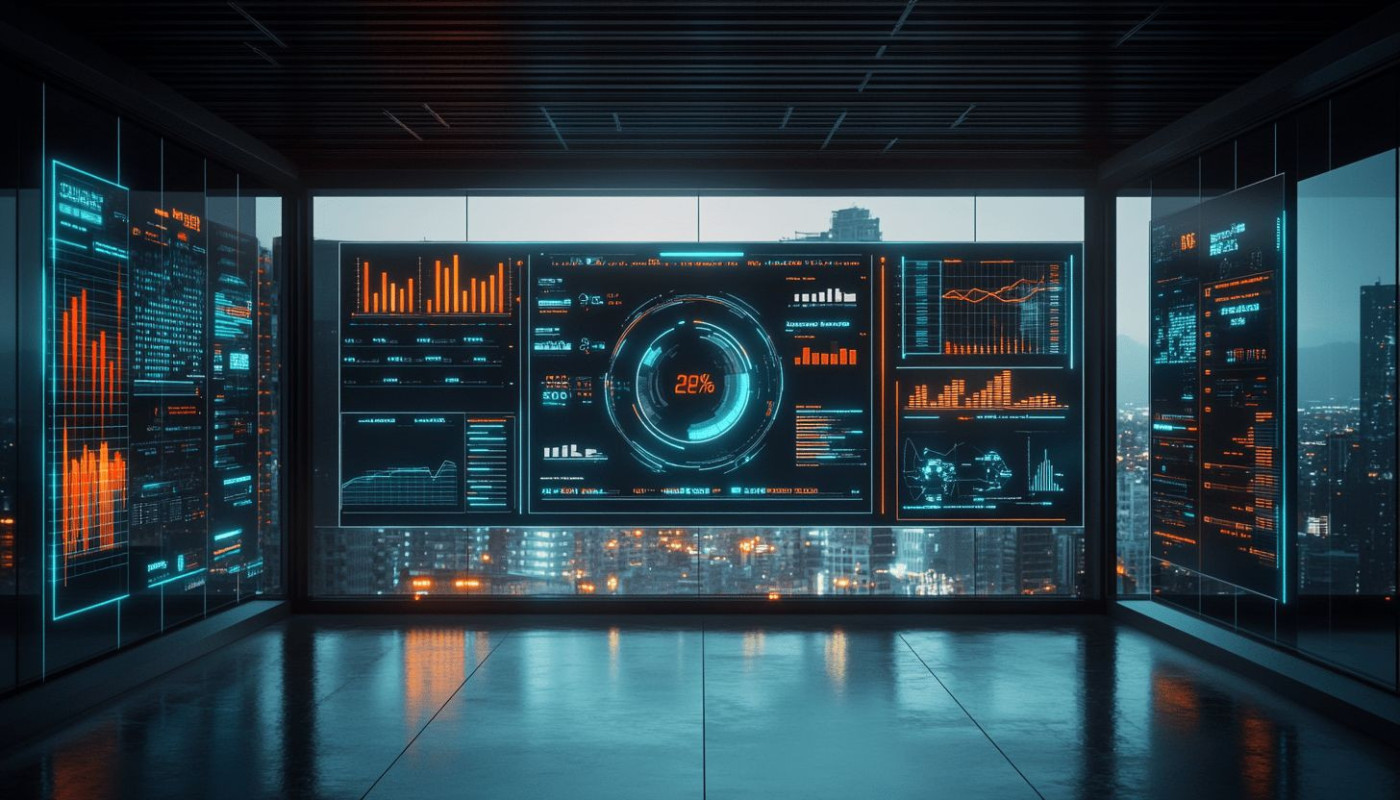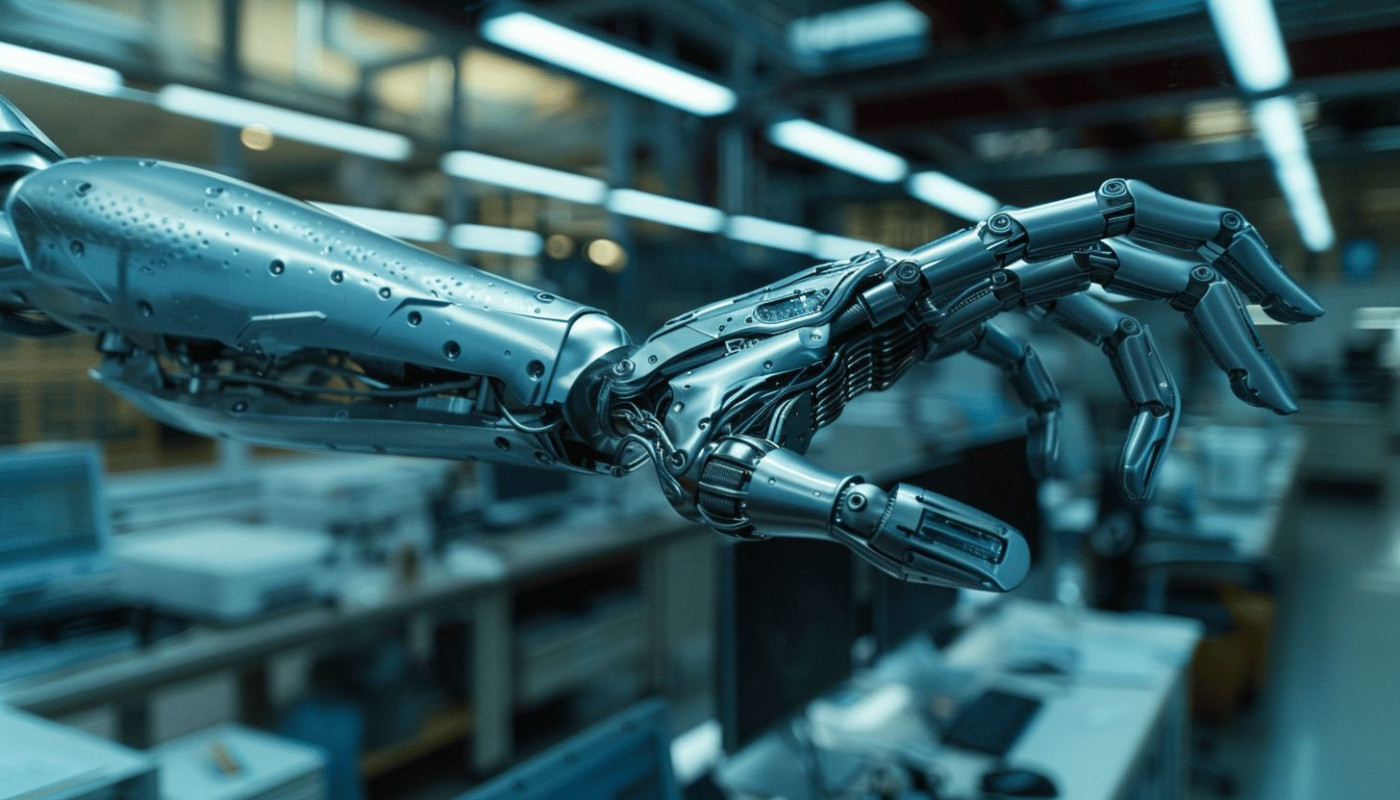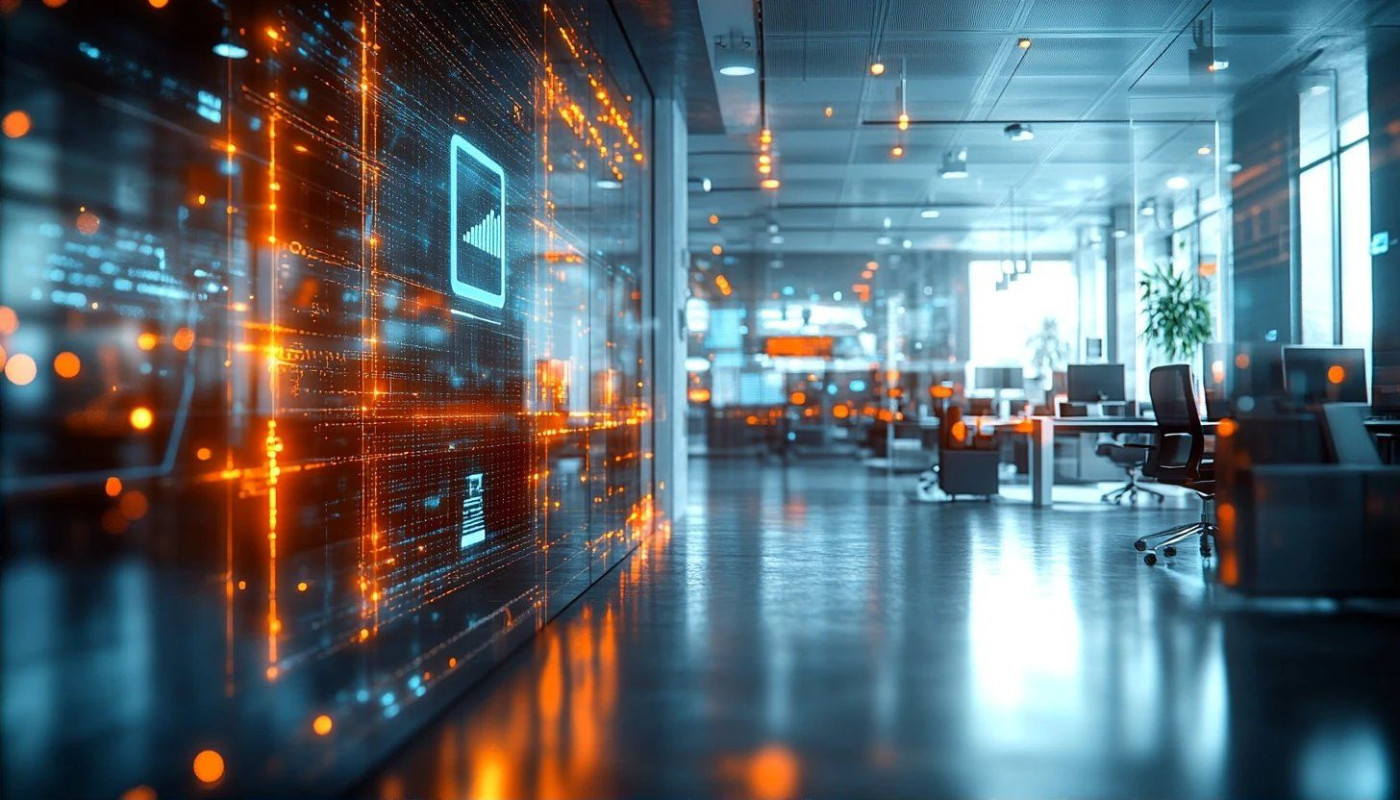Table of contents
In today's fast-evolving digital landscape, artificial intelligence is rapidly reshaping the way businesses approach advertising. AI-powered image tools are unlocking new levels of creativity, efficiency, and personalization for brands seeking to capture consumer attention. Discover how these technological advancements are influencing modern advertising strategies and what this transformation means for the future of visual marketing.
The rise of AI in advertising
AI image tools are rapidly reshaping advertising trends by streamlining the creative process from initial concept to final execution. Historically, developing compelling visual content required extensive collaboration between marketers, designers, and photographers, often resulting in lengthy production timelines and high costs. The introduction of neural networks and sophisticated image generation algorithms has transformed this landscape, enabling the automated creation and editing of realistic, high-quality visuals with minimal manual input. Recent advancements have empowered marketing teams to experiment with multiple creative options in real time, personalizing campaigns to target audiences with greater precision. As reliance on AI image tools grows, advertising strategies are becoming more agile and data-driven, resulting in accelerated content production and a greater capacity for visual innovation. For those seeking to stay current on effective uses of these technologies, this important link offers valuable insights into the integration of AI-powered solutions within visual marketing workflows.
Transforming campaign personalization
AI image tools are revolutionizing personalized advertising by enabling brands to tailor visuals for specific demographics, behaviors, and preferences. Through advanced data segmentation, these technologies analyze vast datasets to identify unique audience traits, allowing marketers to launch AI-driven campaigns with accurately customized content. Visual customization becomes seamless as big data informs every creative decision, ensuring each piece resonates with targeted marketing segments. The Chief Data Officer, as the foremost authority in data-driven personalization, emphasizes that leveraging such insights leads to hyper-targeted messaging, significantly boosting engagement rates and advertising efficiency. This transformation not only enhances consumer relevance but also streamlines resource allocation, driving measurable improvements in campaign performance and return on investment.
Boosting creative efficiency and scale
AI image tools play a transformative role in creative efficiency throughout ad production by automating repetitive tasks and enabling rapid turnaround for campaigns. With AI automation, brands can generate a wide variety of visuals in seconds, significantly reducing the manual workload on design teams while allowing the Chief Creative Officer to focus on higher-level creative strategy. These technologies support asset optimization by producing multiple design iterations that can be immediately deployed for A/B testing, ensuring only the most effective visuals reach the audience. Quick adaptation to market trends becomes possible, as AI-powered systems can refine and update advertising assets in response to real-time performance feedback. This capacity for scaled production, combined with swift optimization, empowers brands to maintain fresh, relevant content and maximize the impact of their advertising strategies.
Navigating ethical and legal concerns
The integration of AI-generated images into advertising landscapes prompts ongoing discussions around ethical advertising, copyright concerns, and image authenticity. As brands embrace these technologies, questions about intellectual property rights arise, since AI can produce visuals based on existing copyrighted works, making clear attribution and permission processes increasingly complex. Ensuring advertising compliance requires careful vetting of content sources and a proactive approach to preventing the misuse or manipulation of AI-created visuals, which can otherwise undermine public trust. The Chief Legal Officer has a pivotal responsibility to establish robust protocols addressing both regulatory requirements and ethical standards, reinforcing the necessity for transparent and responsible use of AI in visual content creation. Industry-wide standards are evolving to address these issues, urging companies to actively engage in transparent disclosure when AI-generated images are employed, thus safeguarding both legal interests and consumer trust in a competitive marketplace.
The future of AI-powered visuals
AI-powered visuals are set to revolutionize the landscape of visual marketing, driving advertising innovation and reshaping the way brands connect with audiences. With the continuous advancement of computer vision and emerging technology, future trends indicate a shift toward hyper-personalized and highly interactive content that adapts in real time to consumer behavior. Brands leveraging these next-generation AI image tools can expect to meet rising consumer demands for authenticity and immediacy, as dynamic visuals become the standard rather than the exception. The Chief Strategy Officer notes that staying ahead in this evolving environment requires not only the adoption of innovative AI systems but also a robust strategy to address ethical considerations, data privacy, and the need for transparent creative processes. As visual marketing strategies become increasingly data-driven, opportunities for targeted campaigns and immersive experiences expand, offering forward-thinking brands new ways to differentiate themselves in a crowded marketplace. Anticipated challenges include maintaining brand integrity and navigating the complex regulatory landscape, yet those who adapt early to these future trends are best positioned for long-term growth and sustained engagement.
On the same subject

Eco-friendly Initiatives Popular In Paris Hotels

Key Trends In Digital Marketing To Watch Out For This Year

Advancements in bionic prosthetics enhancing human capabilities

Discovering The Impact Of Different Grape Varieties On Wine Quality

How do you choose an e-reader?

How to create the GPT 3 chatbot without a code?

